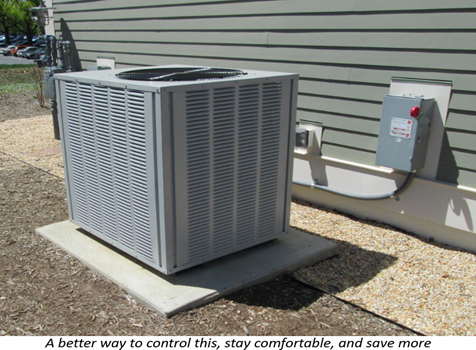
To help reduce electricity consumption and its costs, university and NIST researchers proposed a strategy for controlling residential heating, ventilation, and air conditioning (HVAC), in Comparing Economic Benefits of HVAC Control Strategies in Grid-Interactive Residential Buildings, published in Energy and Buildings. The lead author, Brian Woo-Shem of Santa Clara University, was a 2021 recipient of a NIST Summer Undergraduate Research Fellowship (SURF).
This HVAC control strategy considers:
- The range of comfortable indoor temperatures – or the “the adaptive comfort model”
- Adjusting temperatures based on probability of occupants in the residence
- Real-time energy prices which vary throughout the day
- Optimizing the HVAC schedule to:
- Reduce cost
- Maintain thermal comfort
- Respond to renewable energy availability
To validate this strategy, researchers developed a simulation framework; this involved a building energy simulation and advanced building controls simulations – all connected with NIST’s Universal CPS Environment for Federation (UCEF) co-simulation platform. Researchers used the resulting co-simulation to model this HVAC strategy applied to a single-family residence in Sacramento, CA during a typical summer week.
Results showed that the strategy’s emphasis on probability of occupancy, adaptive thermal comfort, and HVAC schedule optimization reduced costs by 50.1 %, electricity consumption by 52.9 %, and discomfort by 56.2 %, compared to just relying on thermostat settings. Results also suggested that energy consumption could be shifted away from peak times if:
- The proposed HVAC control strategy is implemented across the grid
- The strategy emphasizes occupancy probability and optimized HVAC scheduling
- Demand-based pricing occurs
In the future, researchers seek to develop more diverse building, appliance, and occupancy models, and expand this simulation framework for use with multiple buildings.

